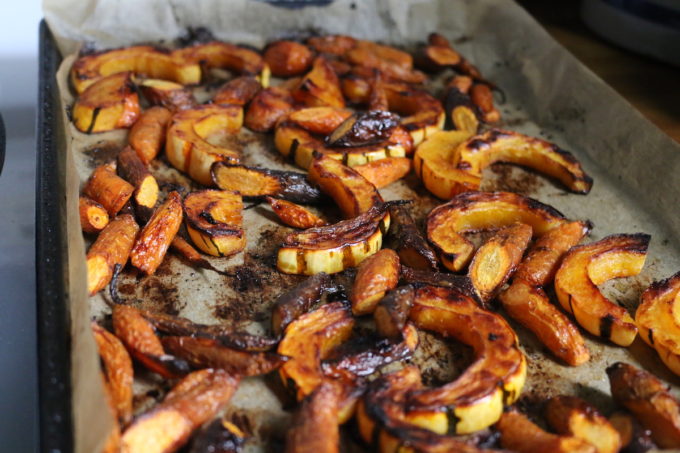
Not to boast but the What We Eat team is darn good at making vegetables irresistible. To keep people coming back for more, we consider the following:

Not to boast but the What We Eat team is darn good at making vegetables irresistible. To keep people coming back for more, we consider the following:
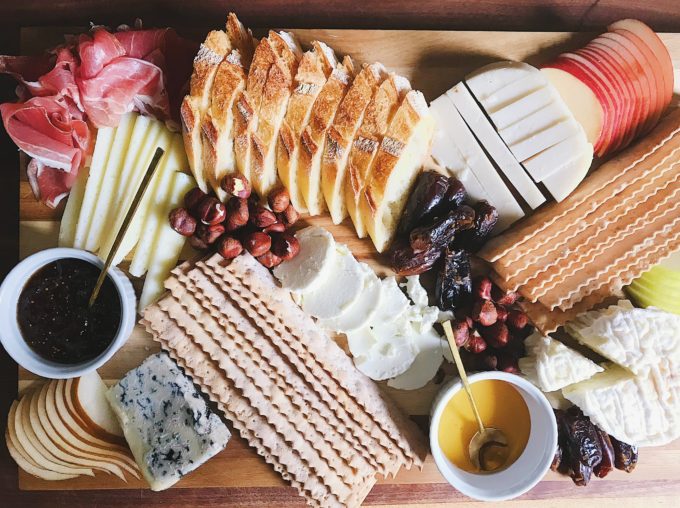
The holiday season is upon us, my friends. This is a stressful time of year for everyone, especially if you have the task of hosting. Skip the crock pot meatballs and elevate your hors d’oeuvres game with a fancier finger food: cheese. Don’t get me wrong, I love a good chip, dip, and sip combo but hear me out. If you make a cheese board ahead of time, you have time to do literally everything else that’s stressing you out, like lighting candles, or making sure that Michael Buble Spotify playlist fits the mood. SO. Use these tips on how to make a cheese board and your friends are going to think you’re very smart and impressive. Welcome to Cheese Class 101.
If I had the eyes and ears of the world and only 10 minutes to share some of the most important concepts in nutrition, I would attempt to explain nutrient and caloric density. Horrible, horrible names but important ideas. The good news is that the devil is NOT in the details. A broad understanding is all you need to answer most nutrition-related questions.
Before we get into it, I bet these concepts are things you already get intuitively. Let’s see:
Question 1: Both the five Starbursts and medium banana below are about 100 calories. Of these two, which do you think is the healthier choice? Why?
Answer 1: If you guessed the banana, you’d be right. Clearly, there is way more good stuff (vitamins, minerals, phytonutrients, etc.) per calorie in the fruit than in the fruit candy. This is what is termed “nutrient density.”
Question 2: You’re trying to maintain your weight. Would one-cup granola or one-cup oatmeal be the better breakfast choice? Why?
Answer 2: Guess oatmeal? Ding, ding, ding! Considering the same volume of oatmeal has about a third of the calories of granola, you could fill your tummy equally with less calories. This is what is termed “caloric density.”
So, Nutrient Density = the amount of good stuff (vitamins, minerals, phytonutrients, etc.) in a specific food per the amount of calories it provides.
And, Caloric Density = the amount of calories in a specific volume/weight of food.
Want to see how this should play out on your plate day-to-day?

So now, tell me and be honest, do you get it? Let me know because I am practicing for when I have those 10 minutes of the whole world’s attention.
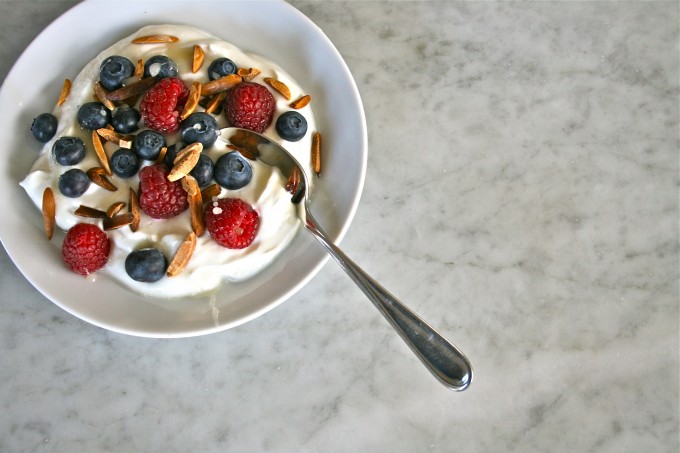
Breakfast is the most important meal of the day.
…
Oh sorry, I just fell asleep for a second. You? But in all seriousness, while I know that starting a blog post with a boring sentence like that breaks rule #1 of captivating an audience, hear me out:
I freakin’ love breakfast. Although it typically provides just 17% of our day’s total calories, it accounts for a much higher proportion of important vitamins and minerals like calcium, vitamin D and potassium. The bulk of the research shows that eating breakfast daily is important for weight maintenance too, not to mention mood and mental stamina. So what does this dietitian eat to keep herself fueled until lunchtime? Here are my personal go-to’s – quick, balanced and good.
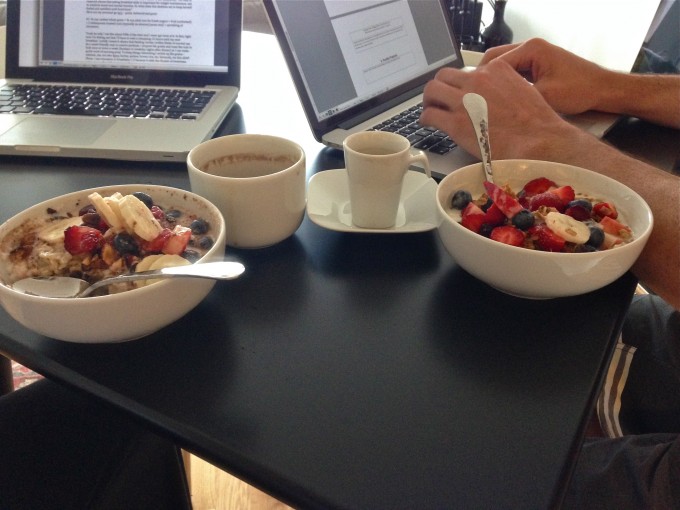
I prepare the grains and toast the nuts in bulk once or twice a week (Sundays or weekday nights after dinner) so I can make quick work of morning prep. To keep things interesting I switch up the grains – oatmeal, yes, but also farro, barley, quinoa, brown rice, etc. Seriously, try this ASAP.
This is like breakfast banana shortcake – bread toasted, everything else heaped on top, consumed with a fork and knife.
I try to choose cereals with more than 5 grams of fiber and less than 4 grams of sugar per serving (equivalent to 1 tsp). I also mix high- and low-calorie options so I get the belly-filling benefits of the former and the bulk of the latter. Some of my favorites:
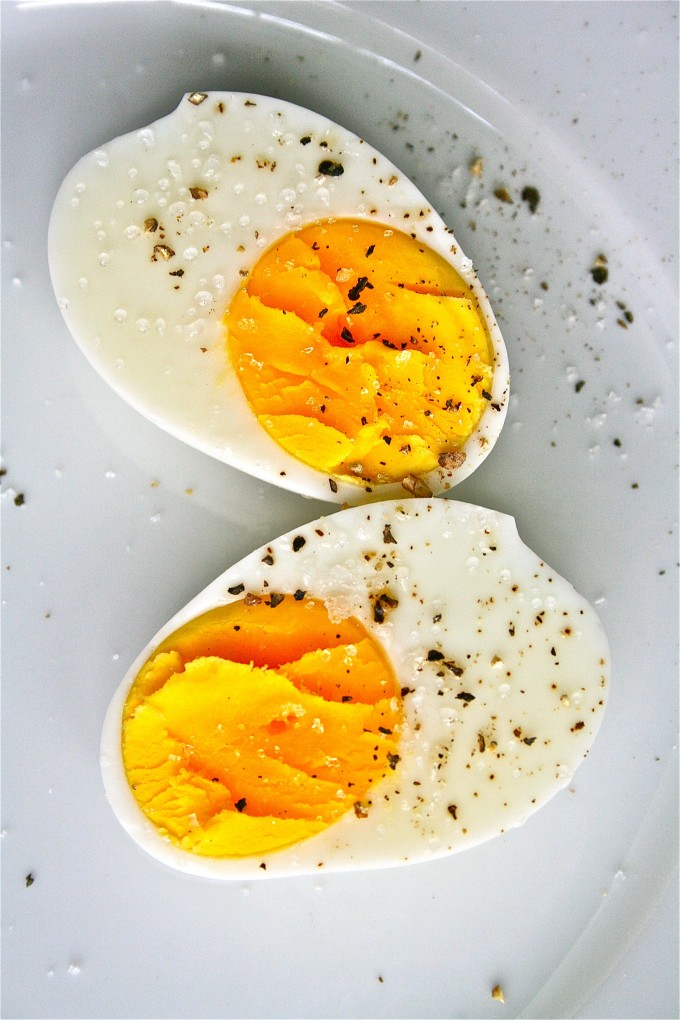
Of all the options listed, this is probably the one I have for breakfast the least, but not because I don’t LOVE it. Instead, it’s because eggs are a go-to protein source for me at lunch or dinner and I don’t want to overdo it. If you lean towards the savory, an egg breakfast is an incredibly healthy choice, and I find more filling than many of the other options. And don’t skip the yolk – it provides nearly half the protein and the majority of the rest of good vitamins and minerals found in eggs. Yes, it also houses most of the cholesterol, but research shows that dietary cholesterol is not nearly as big of a contributing factor to your body’s cholesterol as saturated fat.
What’s in your breakfast rotation? As long as it’s got belly filling fiber from fruits/vegetables and/or whole grains and a little protein from dairy/eggs/nuts/legumes/animal protein/etc. to make the fullness last, you’re nailing it!